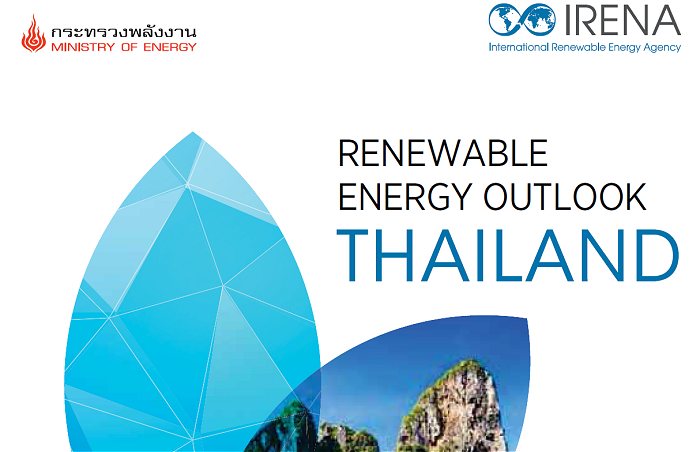
Thailand has the potential to achieve 37 per cent renewable energy by 2036, saving it billions of dollars each year and helping the country to meet rapidly growing electricity demand.
Home to 68 million people, Thailand relies on energy imports from neighbouring countries for more than half of its supply. With regard to local energy production, the electricity generating capacity of Thailand’s system reached nearly 42 gigawatts by September last year, with fossil fuels making up approximately 73% of capacity and renewables accounting for 17%.
Energy security is becoming a more pressing concern, with the nation’s growing economy to see energy demand skyrocket by close to 80 per cent over the next two decades.
Some of this increased demand will come from more manufacturers flocking to the country to take advantage of the nation’s skill base and favourable business conditions. A recent example is Australia’s Redflow, which is shifting manufacturing Z-Cell battery system components from Mexico to Thailand 1.
A new report published by the International Renewable Energy Agency (IRENA) and Thailand’s Ministry of Energy says boosting renewable energy capacity and decreasing imports can underpin a period of sustainable economic growth for the country.
Thailand has already set a renewable energy target of 30% of total final energy consumption by 2036. However, by increasing this target to 37%, the report states the country could save USD 1.2 billion annually by 2036, plus an additional USD 8 billion per year on costs associated with the environmental and health-related impacts of fossil fuels.
“The switch to renewable energy represents more than just an energy transition in Thailand – it can support a complete economic transformation,” said IRENA Director-General Adnan Z. Amin.
Among the report’s recommendations are increasing the role of solar photovoltaic (PV) and wind power, plus boosting the use of solar thermal technologies in water heating and end-use sectors. Rooftop solar power systems would have an important role to play given constraints on land availability.
To date, this market has been largely untapped. Among the reasons for slow uptake of rooftop solar is a current lack of net-metering schemes, making solar panels unattractive to households.
The country has made significant progress on renewables in recent years, growing from 6GW of installed capacity in 2011 to close to 9GW by the end of last year. Thailand’s cumulative solar PV installed generating capacity reached approximately 2.75GW by September 2016.
The report, Renewable Energy Outlook: Thailand, can be downloaded here (PDF).
Footnotes
- A recent update from Redflow states manufacturing of battery components at its new factory in Thailand will commence this month ↩

 RSS - Posts
RSS - Posts



Speak Your Mind